|
Like any author, I draw upon a broad range of inspirations when writing a book, and for me, visual art has always informed and influenced my writing. Although far from blessed in my drawing and painting skills, I’m rarely happier than when wandering around an art gallery! In this blog post, I am going to focus on four artists who have been particularly important and inspiring to me when I was working on my new novel The Waste. William Blake I have long been fascinated by the work of visionary painter and poet William Blake (1757-1827). His art is both highly personal and highly original, infused with his rebellious spirit and enormous imagination. Encompassing biblical and mythological themes, the delicate strangeness of Blake’s work is powerful and seeing the collection of his work is always a highlight of any visit to the Tate Britain. Through his art and prophetic books, Blake developed a very personal mythology with a host of symbolic characters, and this mythology, along with the graceful, idealised human figures in Blake’s art, was a significant influence for me when writing The Waste, especially when developing the characteristics of the alien Seraphim. The act of developing and writing a novel can be a hard slog, but to spend time researching and thinking about Blake’s art and writings was a pleasure in itself. Paul Nash If I have such a thing as a favourite artist, then I think it would be Paul Nash (1889-1946). Whether it’s the raw, uncompromising power of his First World War art, the melancholy of his Dymchurch paintings or the mythical energy of his work inspired by the Avebury stone circle, I find his work captivating, his symbols resonant and meaningful. Perhaps Nash’s best-known work is We Are Making A New World. I saw the original for the first time in an exhibition at the Imperial War Museum in London. Few paintings have had such an impact on me – the battle-ravaged, brutalised landscape reflected not only the hideous violence of war but Nash’s own emotional experience of the conflict. Consider the pallid sun peeking through the blood-red tide of clouds – is it striving to bring light and hope to the shattered world below, or is it too frightened to peer at the horror Mankind has inflicted? This painting makes an appearance in The Waste and Spare’s experience of viewing it certainly echoes my own. Through his paintings Paul Nash demonstrated an intense relationship with landscape, not just recording what his eyes saw, but adding deeply personal levels of symbolic meaning, giving the landscapes he portrayed an animated, vital presence. From his early drawings and paintings, influenced by Samuel Palmer and William Blake, to the harsh angles and blade-like waves of his Dymchurch work, which evoke such a sense of emptiness, of loss and depression, the landscapes of Nash are alive and mythic. This sense of place, the genius loci, as Nash referred to it when he described places such as Avebury, was something I wanted to reflect within my novel. The titular Waste of the book is both a literal and symbolic landscape, where the layers of human history are almost a tangible presence. I have no doubt Paul Nash will remain a primary inspiration for my writing. Dame Elisabeth Frink My first, very striking, encounter with the work of Dame Elisabeth Frink (1930-1993) took place in Bury St Edmunds in my home county of Suffolk. In the grounds of St Edmundsbury Cathedral stands a bronze statue of Edmund, a ninth century king of East Anglia. After being defeated in battle by the Great Viking army, it is said Edmund refused his enemies’ demand to renounce Christ and so was beaten, shot through with arrows and beheaded. Legend tells the Vikings threw Edmund’s severed head into the forest, but it was soon retrieved by those loyal to the king when they followed the cries of a mysterious wolf. Frink’s statue shows King Edmund as a young man, a cross grasped in his hand. This is not a caricature of a warrior or a king – there is pride in Edmund’s face but a sense of vulnerability, his slender body is fragile. Frink’s Edmund is very much a king, a saint, and a martyr, but still a human being. This often-unsettling combination of history, myth and human frailty seems to be present throughout much of Frink’s art. During the writing of The Waste, I was especially interested by Frink’s goggle head sculptures; shaped by Frink’s interest in themes of masculine aggression, the goggle heads’ sense of faceless authority very much shaped the look and attitude of the Shades, the cold, impersonal, unaccountable police force of my novel. The goggle head sculptures avoid eye contact, concealed behind polished headgear – they are dehumanised and as such offer a threat that cannot be reasoned with. The Shades in The Waste are human, but just as their visors hide their human faces, their humanity is also hidden and they appear almost machine-like, robotic. The unsettling and enigmatic nature of Elisabeth Frink's art continues to be both fascinating and inspiring. Alfred Wallis Alfred Wallis (1855 - 1942) produced profoundly personal art, painting images of ships, boats, Cornish villages and the sea. With no formal art training, Wallis only took up painting after his wife’s death – with little money for materials, he mostly painted on found pieces of cardboard. Wallis painted from memory, drawing on his sea-faring experiences, to capture a rapidly disappearing way of life. Wallis’s limited palette and distorted perspective give his work a distinctive look. Within his paintings, Wallis played with size and scale of objects, and although the paint is roughly applied, he often achieved high levels of detail. Wallis’s instinctive compositions give his paintings real vitality – you can almost taste the briny air, hear the waves booming. The art of Alfred Wallis, and discovering more about his life, unlocked for me the character of ‘The Captain’ in The Waste, who although is not meant to represent the real Wallis, does share many of the same motivations and obsessions. It is important not to romanticise the life of Alfred Wallis – he struggled with poverty and, it would appear, mental health difficulties – but he brought something profound and original into the world, and I hope he gained pleasure from the creation of his art.
The Waste is out now, available in eBook and paperback, and free to read through Kindle Unlimited.
0 Comments
All authors draw on a wide range of inspirations when creating their stories, such as real-life experiences, places they have visited, concerns about the world and society, books they have read. For me, visual art has always inspired and influenced my writing. I cannot claim to be an expert in art history, and as much as I enjoy sketching my artistic skills are limited at best, but I find it an endlessly absorbing subject and a way of finding different perspectives on the world. By offering us a safe space to consider and explore feelings and fears we otherwise feel uncomfortable in confronting, art can help us all feel a little less alone in this world.
In this blog series, I am going to focus on four artists who have been particularly important to me and my creative work: Ian Miller, Elisabeth Frink, Paul Nash and Alfred Wallis. In this post, I am going to discuss the work of sculptor Elisabeth Frink. I first encountered the work of Dame Elisabeth Frink (1930-1993) in Bury St Edmunds in my home county of Suffolk. In the grounds of St Edmundsbury Cathedral stands a bronze statue of Edmund, a ninth century king of East Anglia.
After being defeated in battle by the Great Viking army, tradition says Edmund refused his enemies’ demand to renounce Christ and so was beaten, shot through with arrows and beheaded. Legend tells the Vikings threw Edmund’s severed head into the forest, but it was retrieved by those loyal to the king when they followed the cries of a mysterious wolf.
Frink’s statue shows King Edmund as a young man, a cross clasped in his hand. This is not a caricature of a warrior or a king – there is pride in Edmund’s face but a sense of vulnerability, his slender body is fragile. Frink’s Edmund is a king, a saint, a martyr, but still a human being. This combination of history, myth and human frailty seems to be present throughout much of Frink’s art. Born in Suffolk, Elisabeth Frink studied at the Guildford School of Art and was part of a post-war group of British sculptors, known as the Geometry of Fear School. Frink’s sculptures often depict men, birds, dogs and horses. My favourite work by Frink is Bird (1952). A few years ago I was lucky enough to visit the Tate St Ives, and of all the wonderful paintings and sculptures in the gallery, Bird stopped me in my tracks – with its alert, menacing stance and fierce beak, it seem to be an archetype of the hard tooth and claw of nature. Bird seems to channel a sense of ancient elemental forces, almost like a deity, a ferocious god demanding propitiation.
When writing my current novel, Second Sun, I was very taken by Frink’s goggle head sculptures; shaped by Frink’s interest in themes of masculine aggression, their sense of faceless authority very much shaped the look of the Shades, the cold, impersonal police force of my story. The goggle head sculptures avoid eye contact, concealed behind polished headgear – they are dehumanised and offer a threat that cannot be reasoned with.
I’m still learning more about Elisabeth Frink’s art, and I’m sure her work will remain enigmatic, unsettling and continually inspiring.
Part 1 - Ian Miller Part 2 - Alfred Wallis Part 4 - Paul Nash
If you’re interested in my writing, you can get the ebook version of my first novel - The Map of the Known World – for FREE. Please see the following Kindle preview:
|
Archives
October 2023
Categories
All
|
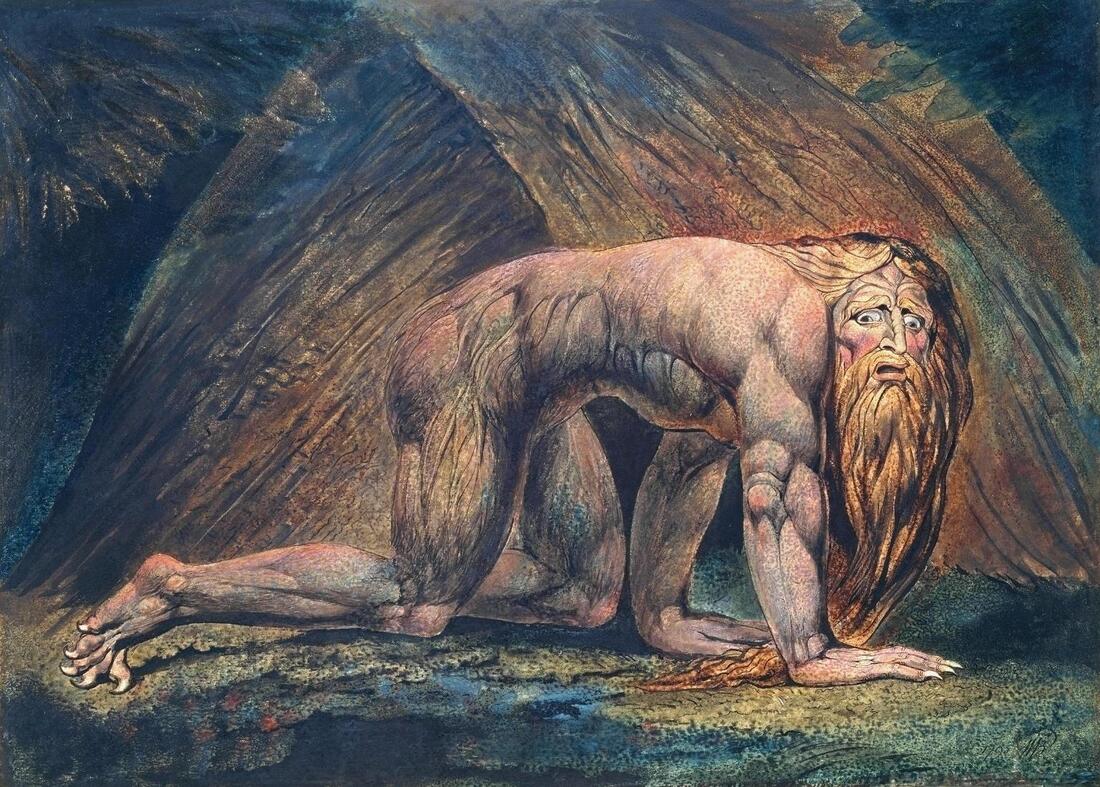
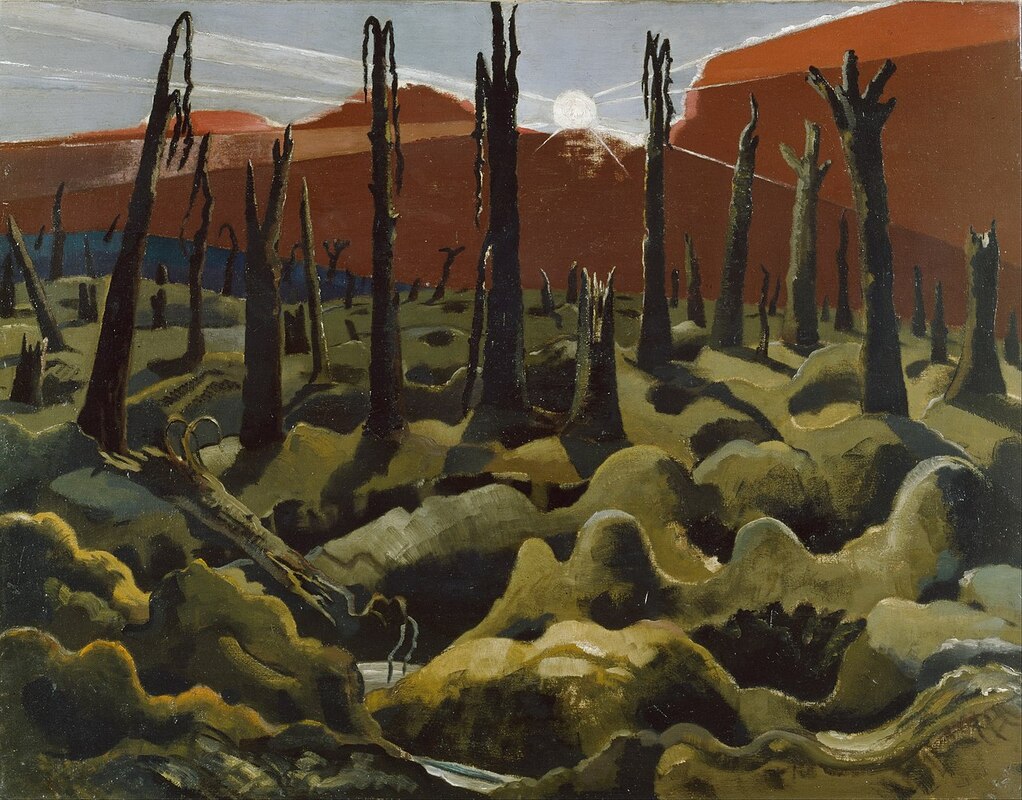
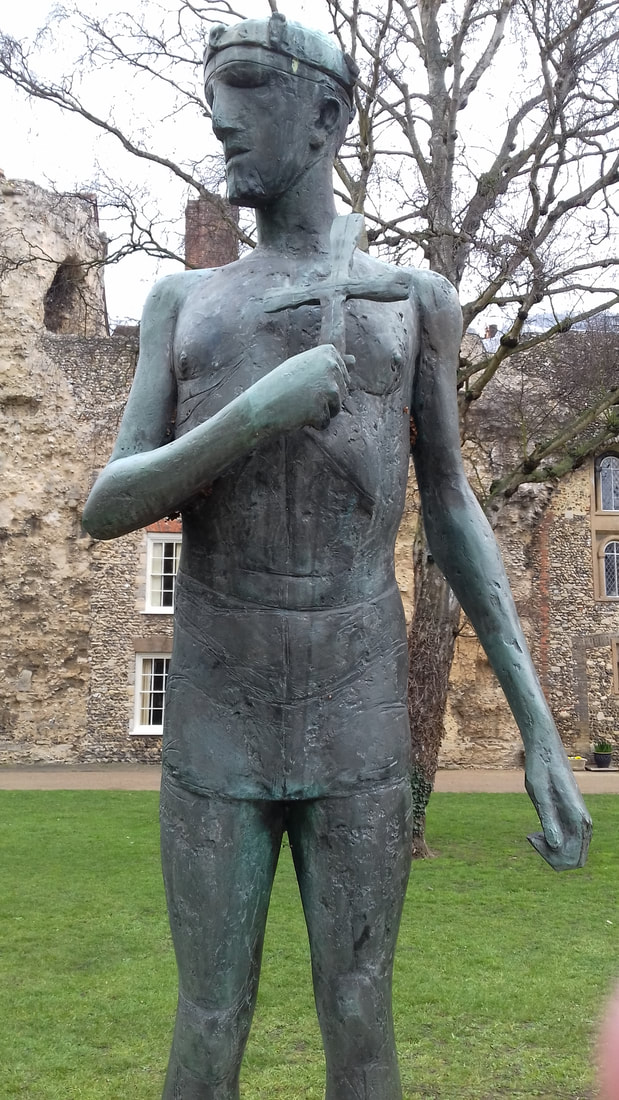

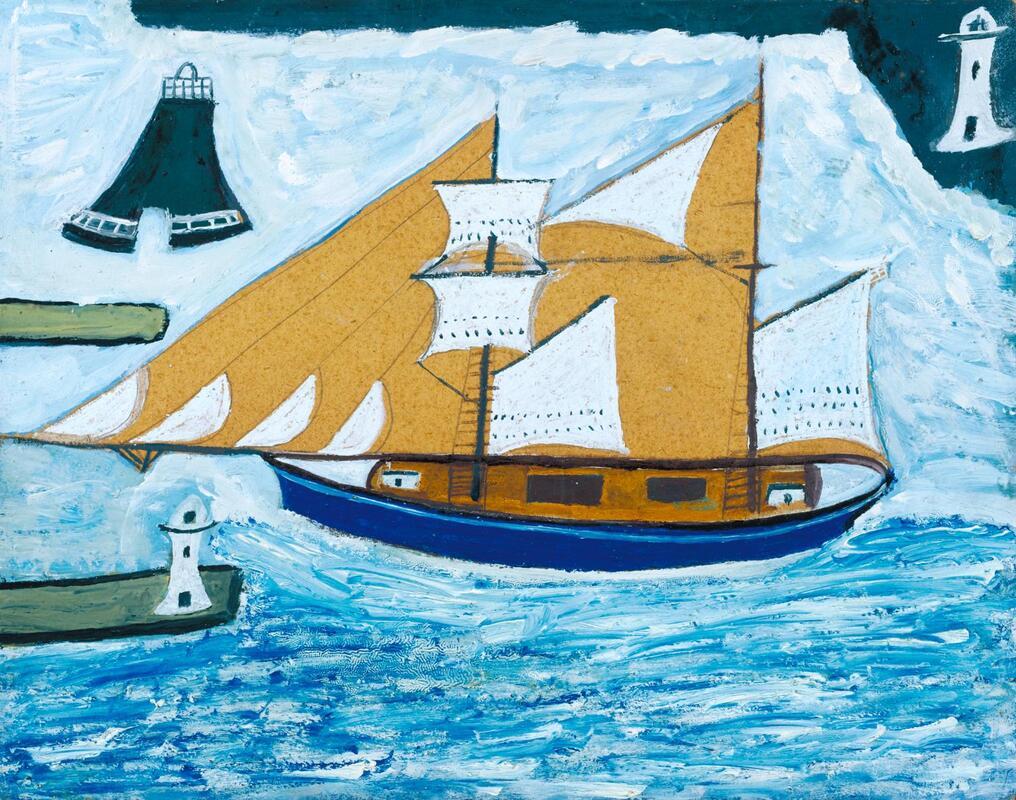
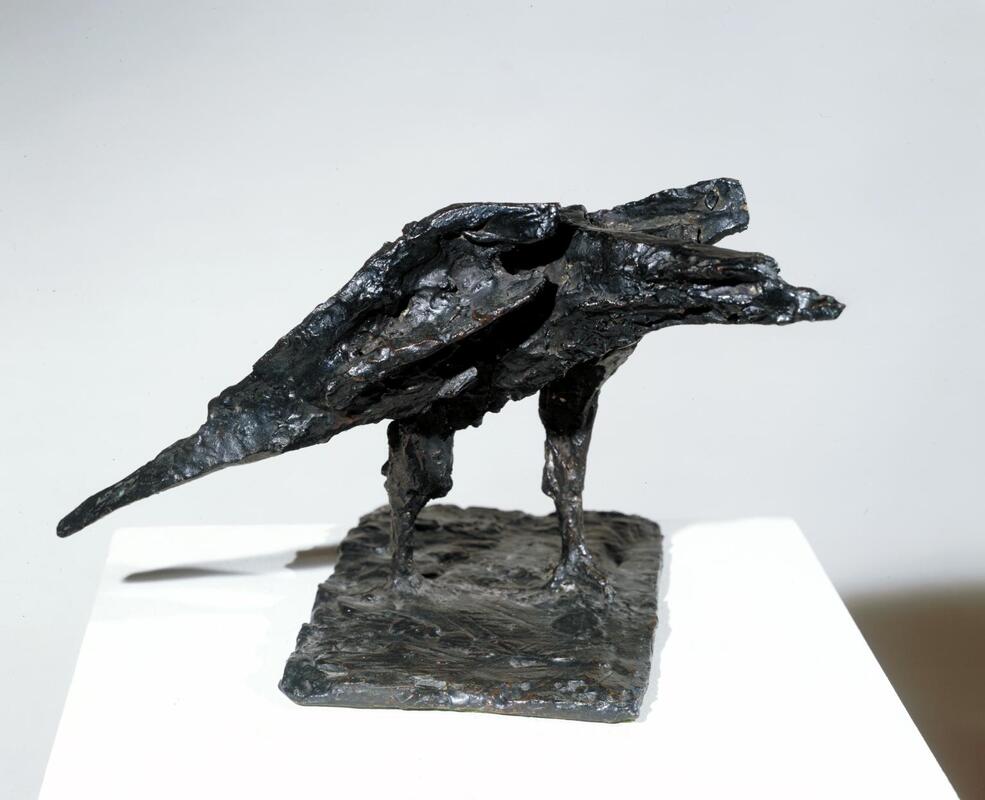
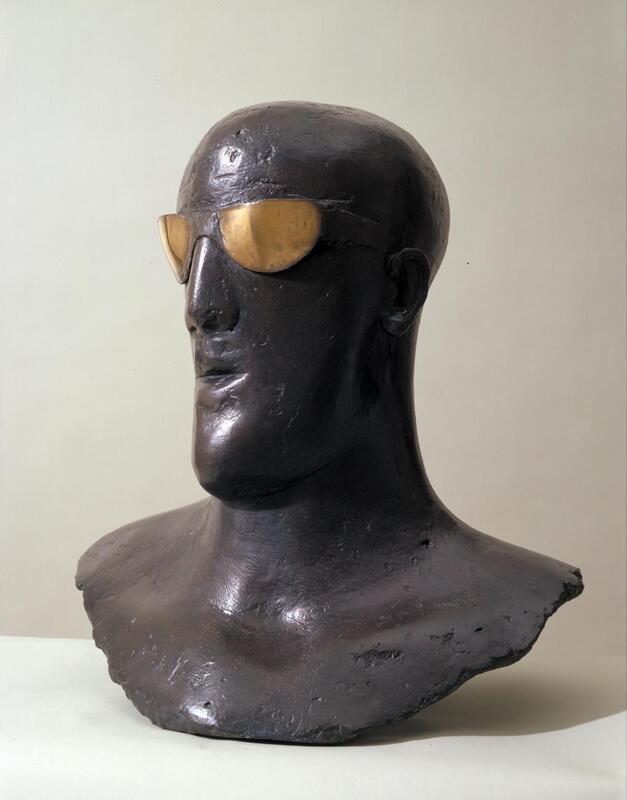
 RSS Feed
RSS Feed